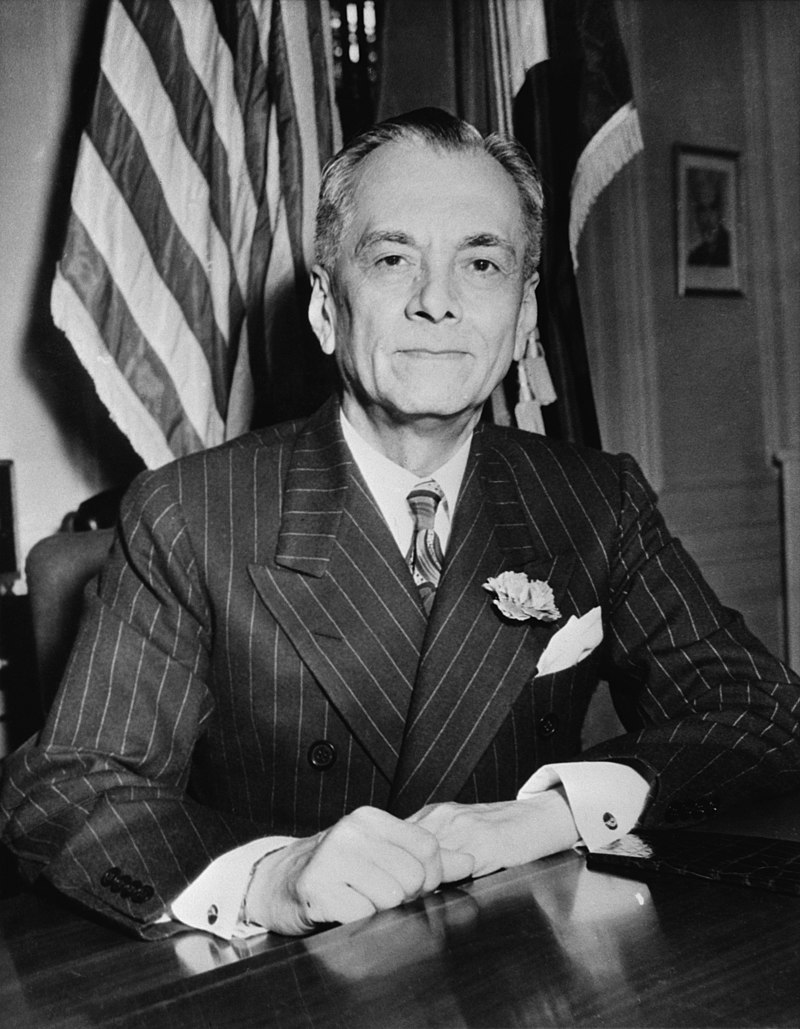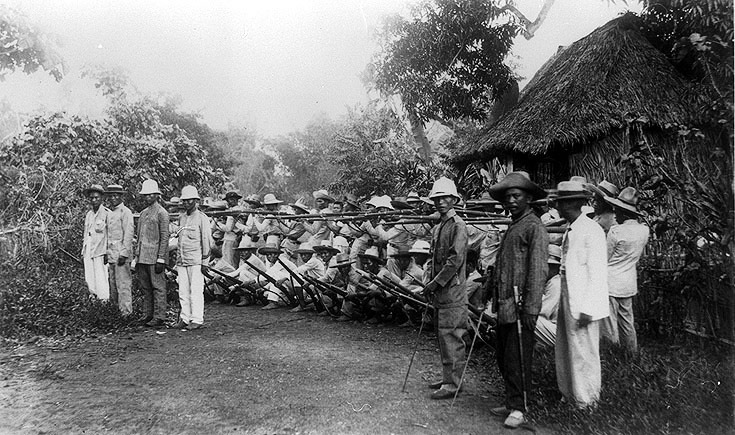The Philippines and the United States (U.S.) have such an excellent diplomatic and economic relationship that the latter has always stuck its neck out for the other. The U.S. even has its breadcrumbs trails of culture and habits left in the country that Filipinos still practice. For instance, many families are born from a mixture of two different races. In addition, Filipino families reside in the U.S., and some Americans build their own families in one of the numerous islands in the Philippines. But did you know that these two nations once have a brutal history together?
Despite the many good contributions of Americans to the Philippines, specifically in lending a hand to overthrow the once-powerful Spanish empire, history never sugarcoats. Before the Americans’ rise to power, they fought their first imperialistic war on Philippine soil. It was glorious to the victor’s perspective but cruel and brutal to the oppressed.
The history of the Philippine-American war takes us back to the final years of the Spanish regime and dominion over the archipelago. For 333 years, the Philippines had been in the hands of oppressive, patriarchal governance of the Spaniards. Until 1898, the U.S. forces succeeded in the Spanish-American war, making the former relinquish its longstanding colonies to the U.S. through the Treaty of Paris. Filipinos thought the battle for freedom was over. Not until they realize it wasn’t, and their struggle for ultimate freedom would endure for the next 48 years.
While Americans believe in their divine right (manifest destiny) to expand and conquer colonies, the Filipino nationalists, on the other hand, think the country had had enough foreigners trying to rule over its original inhabitants. Nevertheless, it happened, and in a not-so-diplomatic way.
Some historians point out that the Philippine-American war is just like the famed epic of the Fall of Troy, where the Greeks tricked the Trojans using a supposed gift from the gods known as the Trojan Horse. Just like the Trojans, Filipinos welcomed the Americans to its soil hoping for good fortune and a helping hand—only to be slaughtered in the middle of the night, defenseless.
On the evening of February 4, 1899, a decisive battle in the capital city of Manila broke out, known as The Battle of Manila. They could have avoided war had it not for the U.S. Army General Elwell Stephen Otis’ indifference to violence. Approximately 15 000 Filipino fighters under the command of President Emilio Aguinaldo faced the U.S. Army General Elwell Stephen Otis’ force with around 19,000 headcounts. The Americans easily won the battle, which lasted the following day. But the war left the Filipinos with about 700 dead bodies and 3,300 others wounded. Based on the U.S. Army’s record, 44 Americans lost their lives, and 194 got injured during the fight.
The atrocity-driven war was fought for three years, claiming the lives of about 4,200 American and 20,000 Filipino insurgents. Moreover, an estimated 200,000 Filipino civilians died from violence, famine, and illnesses, cited by some history books as ‘collateral damage. The massive disadvantage of the Filipinos stems from the fact that in the ensuing war, most Filipino troops armed themselves with bolo knives, spears, bows and arrows, and other less advanced weapons, which are far inferior to the gunpowder and explosives of the Americans. Only few Filipino forces use rifles.
So how did the war end? Well, three years after that devastating battle in the country’s capital, the U.S. made efforts to establish order and structured government in the Philippines. The Philippine Organic Act, enacted on July 1, 1902, provided an elected Philippine Assembly. Then, U.S. President Theodore Roosevelt (who succeeded President William McKinley upon the latter’s assassination) declared on Independence Day itself, July 4, 1902, that the Philippine-American War was officially over. The announcement granted amnesty to all Filipino revolutionaries involved in the conflict. Although this was so,
Thirty-two years later, in March 1934, the American Congress enacted the Tydings-McDuffie Act, a.k.a the Philippine Independence Act, that led to the creation of the Philippine Commonwealth with President Manuel L. Quezon elected as its first leader.
However, the Philippines ‘ total freedom was put on hold when the inception of World War II and the Japanese’ occupation that followed, which lasted from 1941 to 1945. In the following year, the U.S. Government and the Republic of the Philippines signed the Treaty of Manila, which recognized the latter’s independence as a republic. The act also provided for the relinquishing of U.S. sovereignty over the Philippine archipelago.
Check out this infographic from Illuminating Facts on the timeline of the Philippine-American War:




